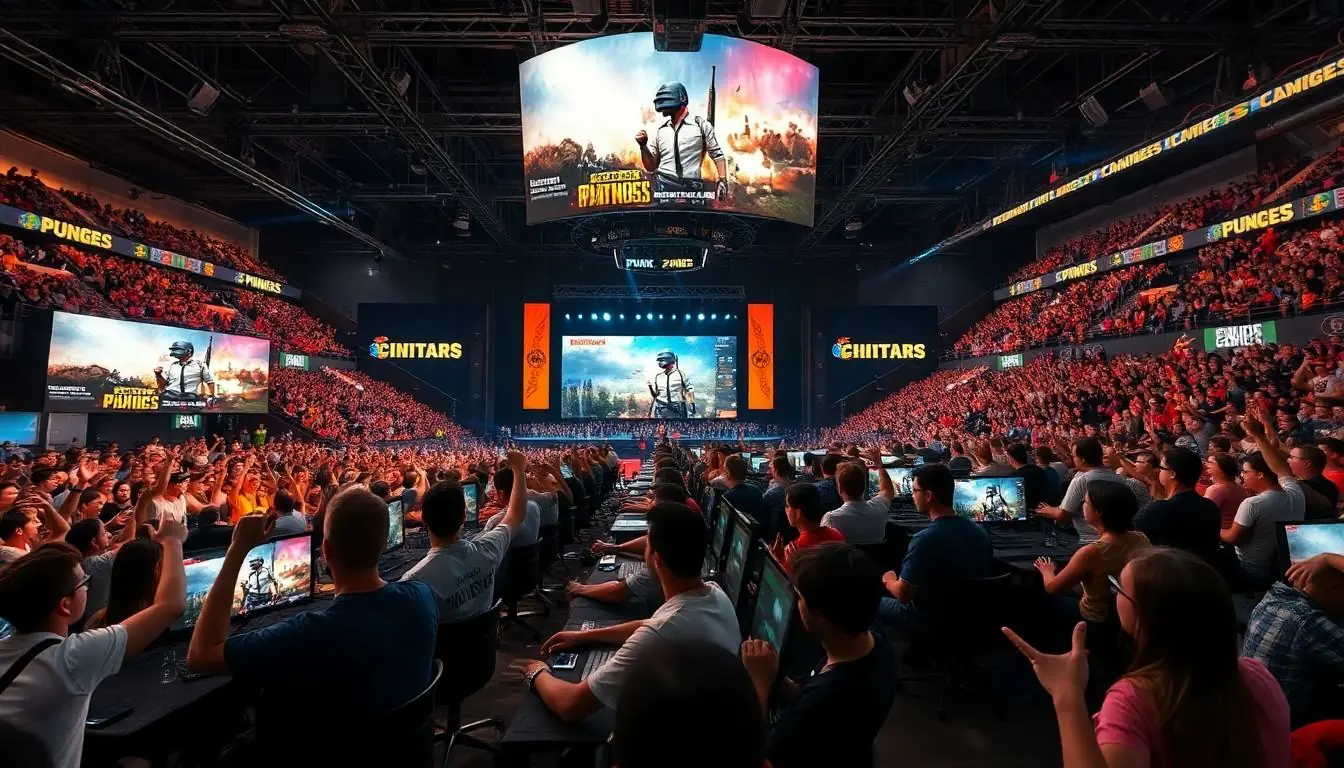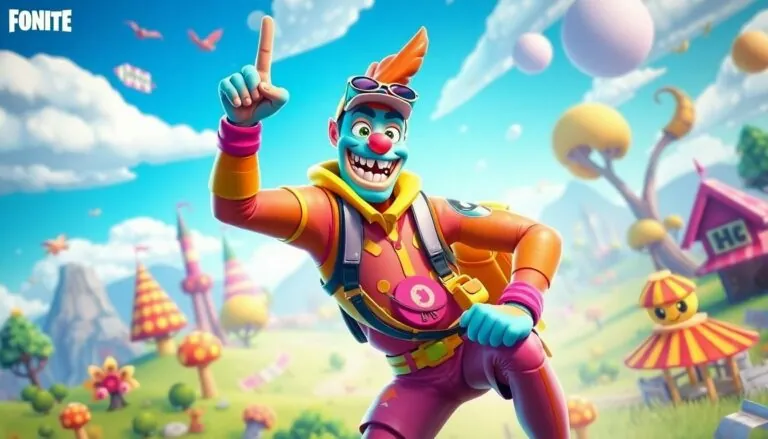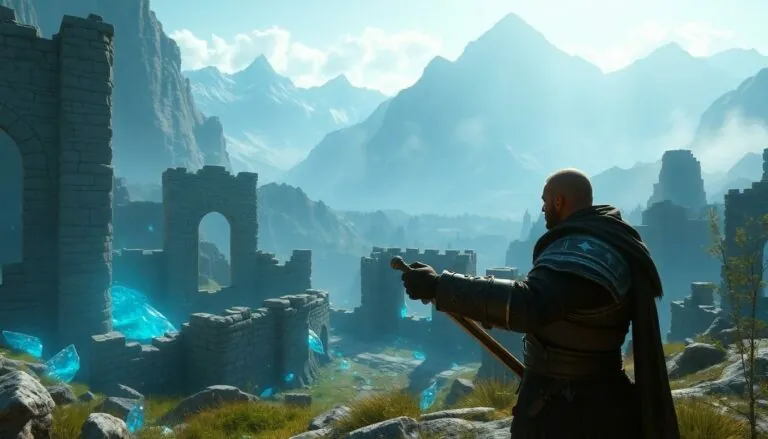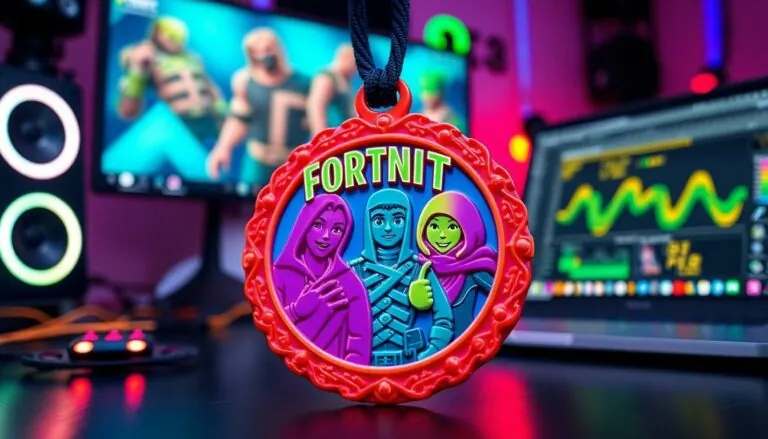In the ever-evolving world of gaming, few titles have sparked as much debate as PUBG. Once the reigning champion of battle royale, it now faces the looming question: is PUBG dead? Gamers around the globe have been furiously typing away on forums, armed with opinions and statistics, as they sift through the chaos of player counts and updates.
While some claim it’s a ghost town, others insist it’s merely taking a breather. With new contenders popping up like mushrooms after rain, PUBG’s survival hinges on its ability to adapt and entertain. So grab your virtual parachute and buckle up; this journey through the digital battleground will reveal whether PUBG is merely resting or truly on its last legs.
Table of Contents
ToggleOverview of PUBG
PUBG, short for PlayerUnknown’s Battlegrounds, revolutionized the battle royale genre upon its release in December 2017. This multiplayer online game delivered intense, drop-in combat, setting a standard that many titles subsequently tried to emulate. Since its launch, PUBG consistently attracted millions of players worldwide, creating a vast community around its gameplay mechanics.
Sustained interest in PUBG stemmed from regular updates and new content. The developers actively introduced maps, game modes, and seasonal events, keeping the player base engaged. Through active forums and social media, gamers shared strategies and experiences, enhancing the sense of community.
Despite challenges from emerging competitors, PUBG retained a dedicated core audience. Popular titles like Fortnite and Apex Legends provided fierce competition, yet many players appreciated the realistic mechanics that PUBG offered. The game’s emphasis on tactics and team dynamics appealed to those seeking more than just casual play.
Recent statistics reveal player counts have fluctuated but remain notable. For instance, Steam charts indicate average concurrent players often exceed 100,000. This sustained engagement questions the notion of the game being “dead” even amid competition.
Maintaining relevance, PUBG adapted to player feedback and trends within the gaming community. Expansions into esports further solidified its presence within competitive gaming, showcasing talent and strategy on global stages. Innovative partnerships also introduced new experiences, demonstrating the developers’ commitment to evolution.
Ultimately, PUBG’s enduring presence in the gaming landscape reflects its ability to adapt and cater to both casual and competitive players. The continued support and engagement suggest the game is not dead but evolving, ready for whatever challenges or changes may come next.
Current Player Base
PUBG continues to attract a dedicated player base despite mixed perceptions about its popularity. Recent data indicates a sustained interest in the game that challenges claims of its decline.
Statistics and Trends
Current statistics reveal that average concurrent players typically hover around 100,000, reflecting consistent engagement. Steam Charts demonstrate daily peaks that often exceed this number. Player counts may fluctuate due to updates or events, yet they rarely drop below significant thresholds. While competing games capture attention, PUBG’s statistics highlight its ongoing relevance in the battle royale genre. These figures suggest a robust community that remains invested in gameplay and features.
Community Engagement
Community engagement forms a crucial element of PUBG’s player base. Active forums and social media channels serve as platforms for players to share strategies and experiences. Esports events contribute to this engagement, promoting competitive play and attracting new players. Regular updates foster discussions and anticipation among players, enhancing their connection to the game. Online multiplayer collaborations also encourage teamwork, further solidifying the community’s bond. This interaction supports ongoing interest and helps keep the game vibrant and alive.
Reasons for Decline
PUBG faces several challenges contributing to its perceived decline. Major factors include fierce competition from other games and variations in developer support and updates.
Competition from Other Games
Competition from titles like Fortnite and Apex Legends significantly impacts PUBG’s player base. Engaging graphics and vibrant gameplay in these alternatives attract casual gamers away from the more realistic style of PUBG. Players often prefer fast-paced structures and bright visuals, elements that competitors emphasize. As a result, peak player counts may drop, reflecting shifting interests. While PUBG maintains a dedicated player community, new entrants continuously emerge in the genre, threatening its longstanding dominance.
Developer Support and Updates
Developer support and updates serve as key elements influencing player retention. Although PUBG regularly issues patches and content updates, some gamers feel these changes lack innovation. Recent releases may not address the most requested features, causing frustration within the community. Players often seek fresh experiences and engaging content. As updates become less impactful, enthusiasm may wane, leading some to question the game’s future. Consistent and appealing updates are critical to keeping the game’s player base engaged and satisfied.
Revival Efforts
PUBG continues to evolve through various initiatives aimed at revitalizing its player base. Developers focus on regular updates and community engagement to maintain interest in the game.
Recent Updates and Changes
Recent updates improved gameplay mechanics and introduced new features. Gameplay enhancements, along with performance fixes, address players’ concerns. New content keeps the experience fresh, drawing players back. Seasonal events and collaborations with popular franchises enhance excitement. Statistics show that recent patches have contributed to a consistent player count above 100,000 concurrent users, highlighting successful adaptation to player feedback. Each update aims to balance gameplay and introduce innovative changes, striving to meet community demands effectively.
Community Initiatives
Community initiatives emphasize player engagement and collaboration. Events like tournaments and campaigns foster camaraderie among gamers. Dedicated forums and social media channels encourage sharing strategies and experiences. Grassroots efforts enable players to connect, often translating to increased player retention. Player feedback impacts future updates, creating a more invested community. Observing the community’s contributions strengthens the connection between players and developers, enhancing the overall PUBG experience. Engaging the community through events and feedback processes proves essential for maintaining momentum and rebuilding enthusiasm.
Future Outlook
The future of PUBG hinges on its ability to adapt and innovate. Game developers focus on player feedback and emerging trends. Seasonal events generate excitement, while collaborations with popular franchises enhance visibility. New features continually improve gameplay mechanics, maintaining player interest. Regular updates ensure that players feel valued and engaged.
Potential for Growth
Potential for growth exists as PUBG capitalizes on its established community. Significant daily peaks often surpass 100,000 concurrent players. Engaging tournaments draw competitive players and foster camaraderie. Additionally, embracing player feedback shapes future updates, creating a more invested community. Innovations in gameplay and strategic partnerships attract new gamers. Expanding into new markets and platforms can further solidify its position in the battle royale genre.
Final Thoughts
Final thoughts center on the evolution of PUBG in a competitive landscape. Adaptability along with consistent updates plays a crucial role in retaining interest. Community engagement proves vital for sustaining momentum. While challenges from competitors remain significant, they also encourage innovation. The dedication shown by developers fosters optimism about PUBG’s future, reinforcing that the game continues to evolve.
Conclusion
PUBG’s journey is far from over. While some may claim it’s dead, the game’s active player base and ongoing updates suggest otherwise. The commitment to innovation and community engagement is evident in recent improvements and seasonal events.
As it navigates through fierce competition, PUBG’s ability to adapt will be key to its survival and growth. The dedication of both developers and players indicates that PUBG can remain a significant player in the battle royale genre. With a vibrant community and continuous evolution, PUBG’s future holds promise and potential for revitalization.




